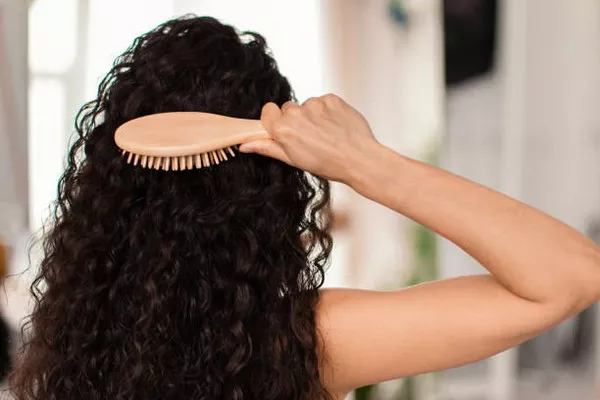Curling flat irons are versatile tools that can create various hairstyles, from bouncy curls to sleek waves. Understanding how to use a curling flat iron effectively can transform your hairstyling routine. This guide provides detailed instructions, tips, and analyses to help you master the use of a curling flat iron.
Understanding the Curling Flat Iron
A curling flat iron combines the features of a traditional flat iron with the ability to curl hair. Unlike conventional curling irons, which have a cylindrical barrel, a curling flat iron has flat, heated plates that can create curls and waves. The key to its effectiveness lies in the design and technique used.
Choosing the Right Curling Flat Iron
1. Plate Material:
Ceramic: Provides even heat distribution and reduces frizz. Ideal for all hair types.
Titanium: Heats up quickly and is durable. Suitable for thick or coarse hair.
Tourmaline: Emits negative ions that help smooth the hair. Best for damaged or dry hair.
2. Plate Width:
Narrow Plates: Suitable for shorter hair or tight curls.
Wide Plates: Ideal for longer hair or looser waves.
3. Temperature Control:
Adjustable temperature settings allow customization based on hair type. Fine hair requires lower temperatures, while thick hair needs higher heat.
Preparing Your Hair
1. Clean Hair:
Ensure your hair is clean and free from any product buildup. Wash and condition your hair as needed.
2. Dry Hair:
Always use a curling flat iron on dry hair. Wet hair can cause damage and lead to uneven results.
3. Heat Protectant:
Apply a heat protectant spray to safeguard your hair from heat damage. This creates a barrier between the hair and the flat iron.
How to Use a Curling Flat Iron
1. Section Your Hair:
Divide your hair into manageable sections. This ensures that each section is evenly curled and prevents tangling.
2. Adjust the Temperature:
Set the flat iron to the appropriate temperature for your hair type. Start with a lower heat setting and increase if necessary.
3. Curling Technique:
For Loose Waves:
Clamp a section of hair between the plates.
Twist the flat iron 180 degrees and slowly pull it down the length of your hair.
Release the curl and let it cool.
For Tight Curls:
Clamp a small section of hair.
Twist the flat iron 360 degrees and move it slowly down the hair shaft.
Allow the curl to set before releasing.
4. Cool and Set:
Let the curls cool completely before touching them. This helps them hold their shape.
Use a hairspray to set the curls and add volume.
Tips for Perfect Curls
1. Use the Right Amount of Hair:
Avoid taking sections that are too thick. Smaller sections allow for more defined curls.
2. Maintain Consistency:
Curl your hair in the same direction for a uniform look. Alternatively, curl in alternating directions for a more natural appearance.
3. Avoid Overlapping Curls:
Ensure that curls do not overlap in the flat iron. This helps prevent kinks and uneven curls.
4. Practice and Patience:
Achieving the perfect curl may take practice. Be patient and adjust your technique as needed.
See Also: How To Chemically Straighten Curly Hair
Troubleshooting Common Issues
1. Curls Not Holding:
Ensure your hair is completely dry before curling.
Use a higher temperature setting if curls are not holding.
2. Frizz:
Apply a smoothing serum or anti-frizz product to manage flyaways.
3. Uneven Curls:
Check the temperature settings and ensure consistent heat application.
Maintenance and Care
1. Cleaning the Plates:
Wipe the plates with a damp cloth to remove any product residue. Ensure the flat iron is cool before cleaning.
2. Storage:
Store the curling flat iron in a heat-resistant pouch or case to protect it from damage.
3. Regular Checks:
Regularly check for any signs of wear and tear. Replace the flat iron if necessary to ensure optimal performance.
Advanced Techniques and Styles
1. Beachy Waves:
Use a wide-tooth comb to separate curls for a relaxed, beachy look.
2. Volume Boost:
Create volume at the roots by curling sections close to the scalp.
3. Retro Curls:
Use a smaller section of hair and a higher temperature for vintage, pin-up curls.
4. Spiral Curls:
Twist the flat iron in a spiral motion for tight, spiral curls.
Conclusion
Mastering the use of a curling flat iron involves understanding the tool, preparing your hair, and employing the right techniques. By following this guide, you can achieve a variety of hairstyles with ease and confidence. Practice regularly, and don’t be afraid to experiment with different techniques to find the best results for your hair type.


